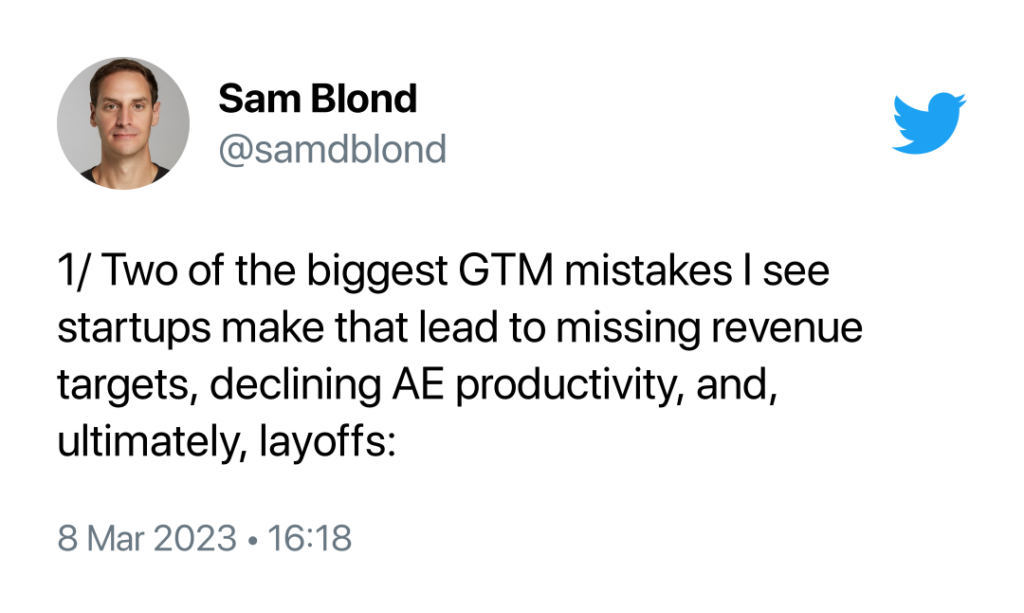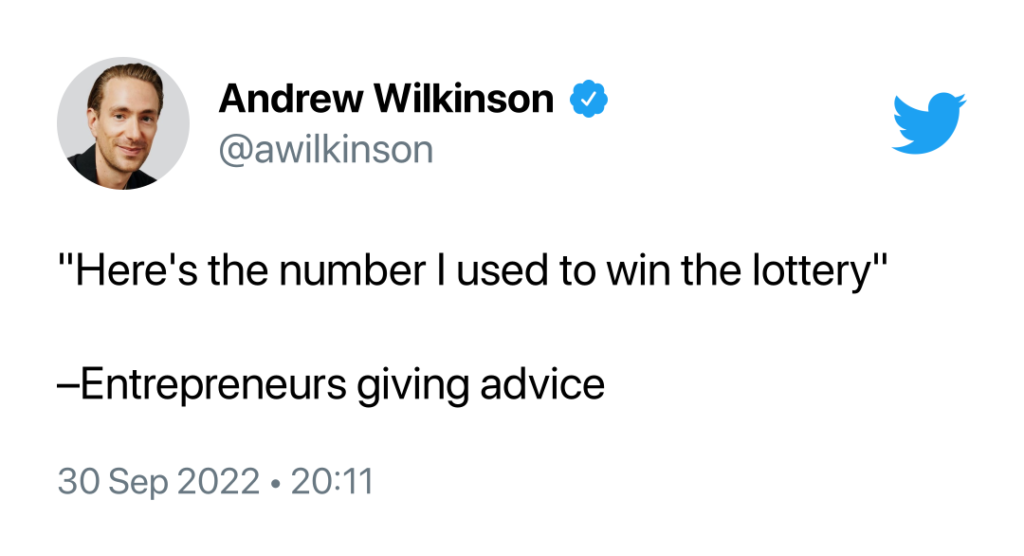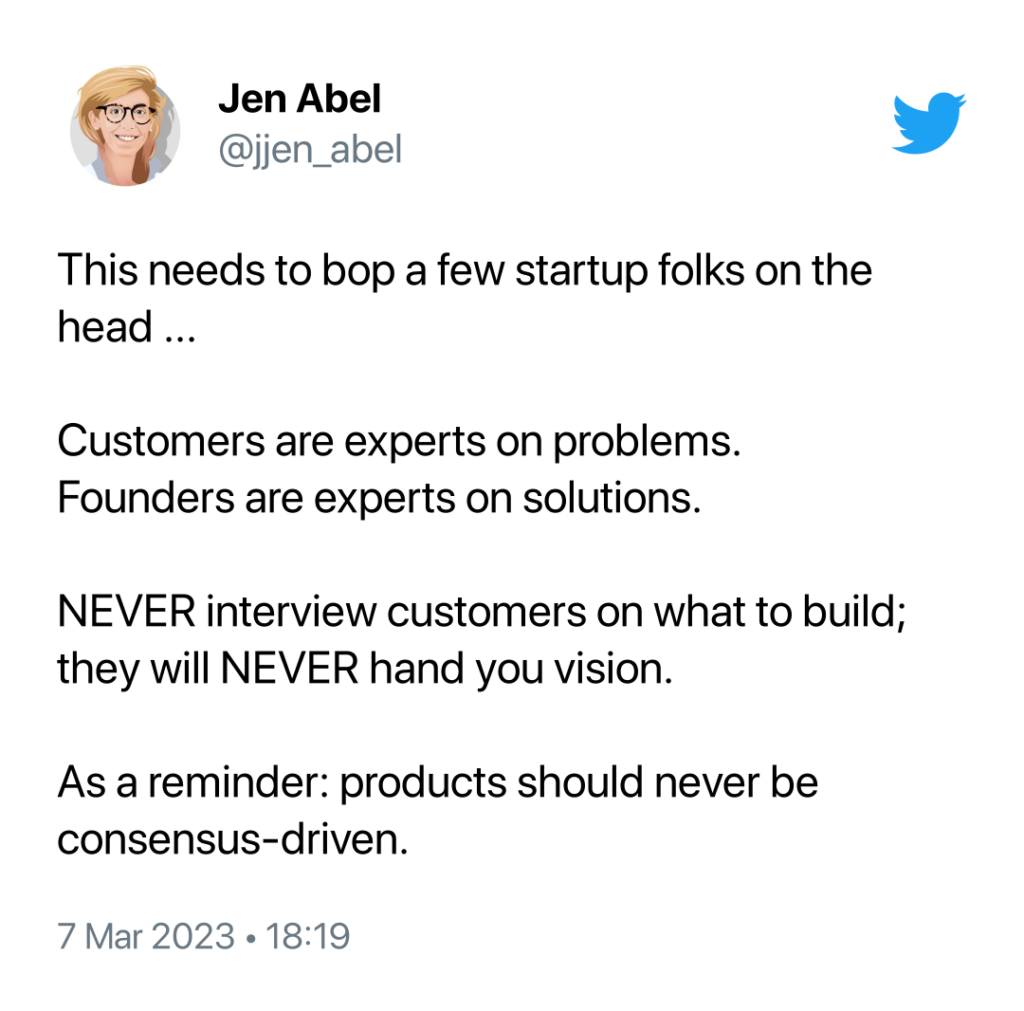The Overview #86
Hey there. This is The Overview, a weekly roundup of noteworthy B2B SaaS stuff. You’ll find interesting thoughts, articles, and more from around the internet.
In this post:
A proposition that works: from cost-center to revenue-center
I thought this podcast (with transcript!) is a great example of a value proposition that’s focused on taking on an old, broken – but accepted – approach and switching things up.
Here’s a snippet on how Adyen did it:
So they got to work and started to build. They wanted to build modern pipes for the modern world that connects directly to the card networks, with little degradation of data, and ultimately, would give the largest merchants a high probability of getting higher authorization rates. And if you speak to any large merchant verbally, they’ll tell you authorization rates are what really matters because its incremental revenue.
So Adyen wanted to change the perception of processing payments to a revenue and ROI game and less so a boring commodity game done by banks that any bank could do. Let me try give you an example. If you are a merchant and you doing $100 million in turnover a month, and someone comes to you and says, “Your current authorization rate’s 85%. We can get those up to 90 because of our platform, but it might cost you slightly more, maybe even similar depending on your volume that you give us.” And if you do the back of the envelope mathematics, you’ll find out that the net ROI is enormous, because increasing authorization rates by 5% on that 100 million in turnover equates to $60 million difference in incremental revenue a year.
Half of the challenge is proving to the market that transition is possible.
Two big GTM mistakes

Highly recommend this thread on the two mistakes that startups make when they start to miss revenue targets.
Firstly:
- As you grow, you’ll start expanding outside of your ideal customer profile – you’ll win customers in different segments, with different usecases, in different geos
- And as such, you’ll hire sales to cope with the opportunity… but not all revenue is created equally
- Treating all deals the same mean you’re expecting the same MQL to CW conversion rates and ACV – when that really depends on the customer segment
- So you hire sales reps, conversion rates decline, those reps become more unproductive, and you lay them off
If you were to segment opportunities by ICP segment, you’d see high growth in your target segment and weaker results in new areas – so you can be smarter about making decisions on where to focus reps, how to think about the GTM for them, etc.
The second mistake: expecting later reps to ramp up as quickly – and as successfully – as the initial groups. As your business gets bigger and more complex, it’s harder for later reps to soak up information – so they’ll probably miss on plan.
Advice should always be inspiration, not instruction

Such a great way to frame this sentiment. Tips and advice, given in good nature, is often tainted by survivorship bias, so many environmental variables, luck, and (conscious or unconscious) privilege that mean it’s very unlikely to work again.
Don’t build (or market) with consensus

In addition, your go-to-market should never be run by consensus. Someone has to have an opinion on your strategy, your ideal customers, your personas, your positioning, how the strategy is performing, whether results are a strategy or an execution problem, and so on.
And remember, your go-to-market should discriminate. Have an opinion, unconventional wisdom, and don’t be something for everyone.
Thanks for reading! Let me know what you thought – find me on Twitter and LinkedIn.
P.S. If you’ve found value in Building Momentum, could you buy me a coffee? Here’s my tip jar – any support is gratefully appreciated!
P.P.S: If you enjoyed this post, will you share Building Momentum with your network?

